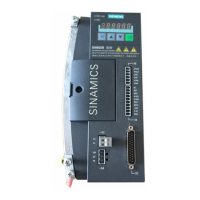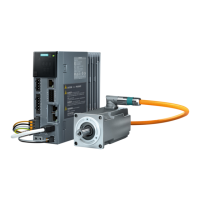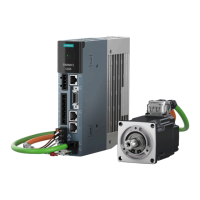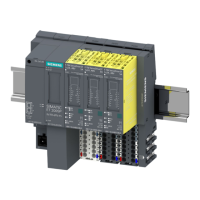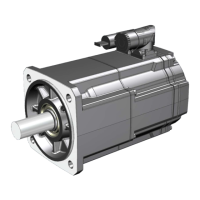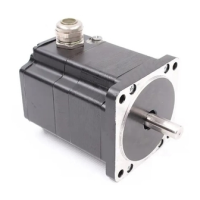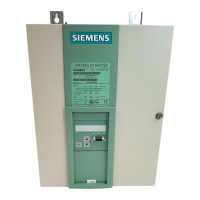Getting Started
A5E37208904-003, 04/2017
105
Digital input 1 assignment
Defines the function of digital input signal DI1
• 0: NA
• 2: RESET
• 3: CWL
• 4: CCWL
• 11: TLIM
• 20: SLIM
• 24: REF
•
Digital input 2 assignment
Description: Defines the function of digital input signal DI2
Digital input 3 assignment
Description: Defines the function of digital input signal DI3
Digital input 4 assignment
Description: Defines the function of digital input signal DI4
p29330 Digital output 1 assign-
Defines the function of digital output signal DO1
• 1: RDY
• 2: FAULT
• 3: INP
• 4: ZSP
• 6: TLR
• 8: MBR
• 9: OLL
• 12: REFOK
• 14: RDY_ON
•
p29331 Digital output 2 assign-
Description: Defines the function of digital output signal DO2
Sets the filter type for VIBSUP. Depending on the selected filter type, the VIBSUP filter results in
motion sequences that take somewhat longer.
• 0: The rugged VIBSUP filter has a lower sensitivity to frequency offsets compared with the sensitive filter
type, but results in a higher delay of the motion sequence. The total motion sequence is extended by the
time period T
d
(T
d
= 1/f
d
).
• 1: The sensitive VIBSUP filter has a higher sensitivity to frequency offsets compared with the rugged filter
type, but results in a lower delay of the motion sequence. The total motion sequence is extended by half
the time period T
d
/2 (T
d
= 1/f
d
).
Sets the frequency of the damped natural vibration of the mechanical system. This frequency can
be determined by making the appropriate measurements.
Note: The maximum frequency that can be set depends on the filter sampling time.
Sets the value for the damping of the natural mechanical vibration to be filtered. Typically, the
damping value is about 0.03, and can be optimized by performing the appropriate positioning tests.
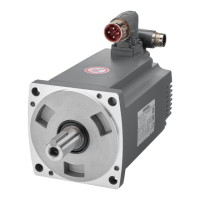
